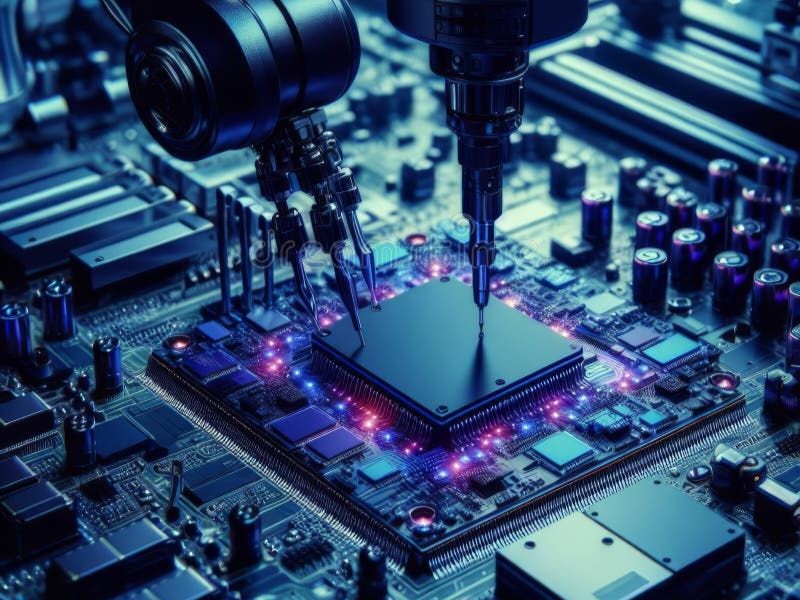OpenAI’s new model, the GPT-5 Turbo, was unveiled in the fall of 2025 and made a big splash in the tech world. It is not only a faster and more powerful AI, but also a new representative of human-centered digital transformation. The GPT-5 Turbo runs 40% faster and consumes 30% less energy than previous versions. Its most remarkable feature is its multimodal nature: it can process different types of data such as text, images and audio simultaneously. This shows that artificial intelligence is no longer just a system that answers, but one that understands and guides. In education, the impact of this model is huge. Intelligent systems that can deliver content based on students’ learning styles, tools that provide analytics support to teachers and personalized learning experiences are now more accessible. This makes learning more efficient, engaging and personalized. Not only is the structure and efficiency of education models changing, but also the visionary nature of education.
The GPT-5 Turbo, which is expected to benefit other areas as well, stands out with the opportunities it offers in areas such as health, agriculture, public services and entrepreneurship. From early diagnosis systems to climate-compatible production algorithms, many innovations are becoming more feasible with the speed and flexibility offered by this model. However, these developments also bring ethical responsibilities. Issues such as data security, algorithmic transparency and human oversight are critical to the sustainability of this technology.
In conclusion, the GPT-5 Turbo is not just a technological leap; it is a tool that magnifies human dreams, labor and values. The future is no longer faster, but more meaningful. And we will build this meaning together.



